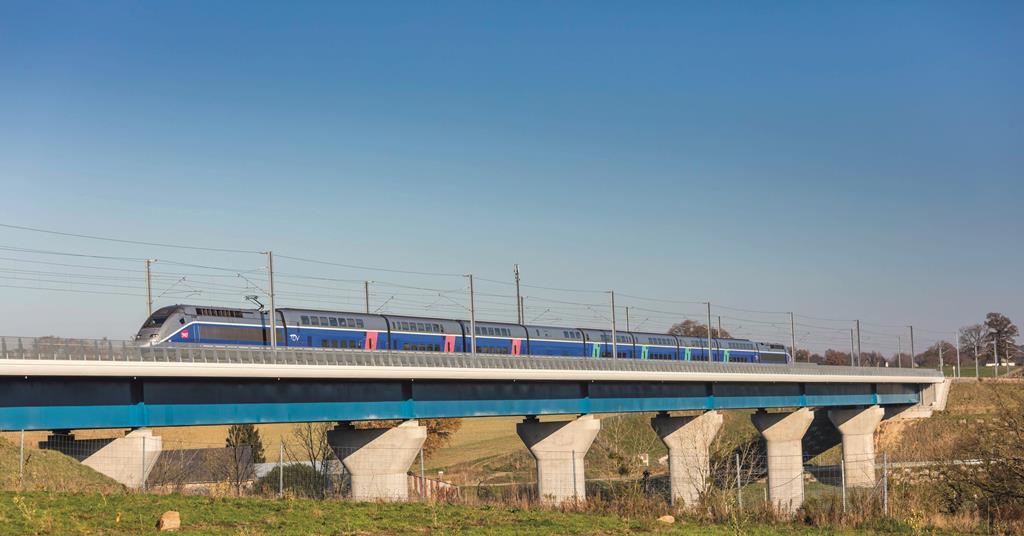BogiePicker
Member
HS2 infrastructure was to be built to UIC GC gauge. However, I'm not aware of any plans to upgrade existing routes for possible diverts if needed.
I can think of two examples in Japan - the Shinkansen & the Maglev. It appears none of them have diversionary routes as such (no way the Maglev could) but seems they are a bit slacker than HS2, 10-13 tph OTOH. And of course they have Japanese reliability.
However, HS2 was also to run classic compatibles which can use the normal network to complete journeys if needed; this is not really the case in Japan with the wide-body Shinkansen. I presume it would therefore have been the rolling stock rather than the infrastructure that would have provided the 'slack', but I haven't been able to find anything official on this. Thanks.
I can think of two examples in Japan - the Shinkansen & the Maglev. It appears none of them have diversionary routes as such (no way the Maglev could) but seems they are a bit slacker than HS2, 10-13 tph OTOH. And of course they have Japanese reliability.
However, HS2 was also to run classic compatibles which can use the normal network to complete journeys if needed; this is not really the case in Japan with the wide-body Shinkansen. I presume it would therefore have been the rolling stock rather than the infrastructure that would have provided the 'slack', but I haven't been able to find anything official on this. Thanks.

